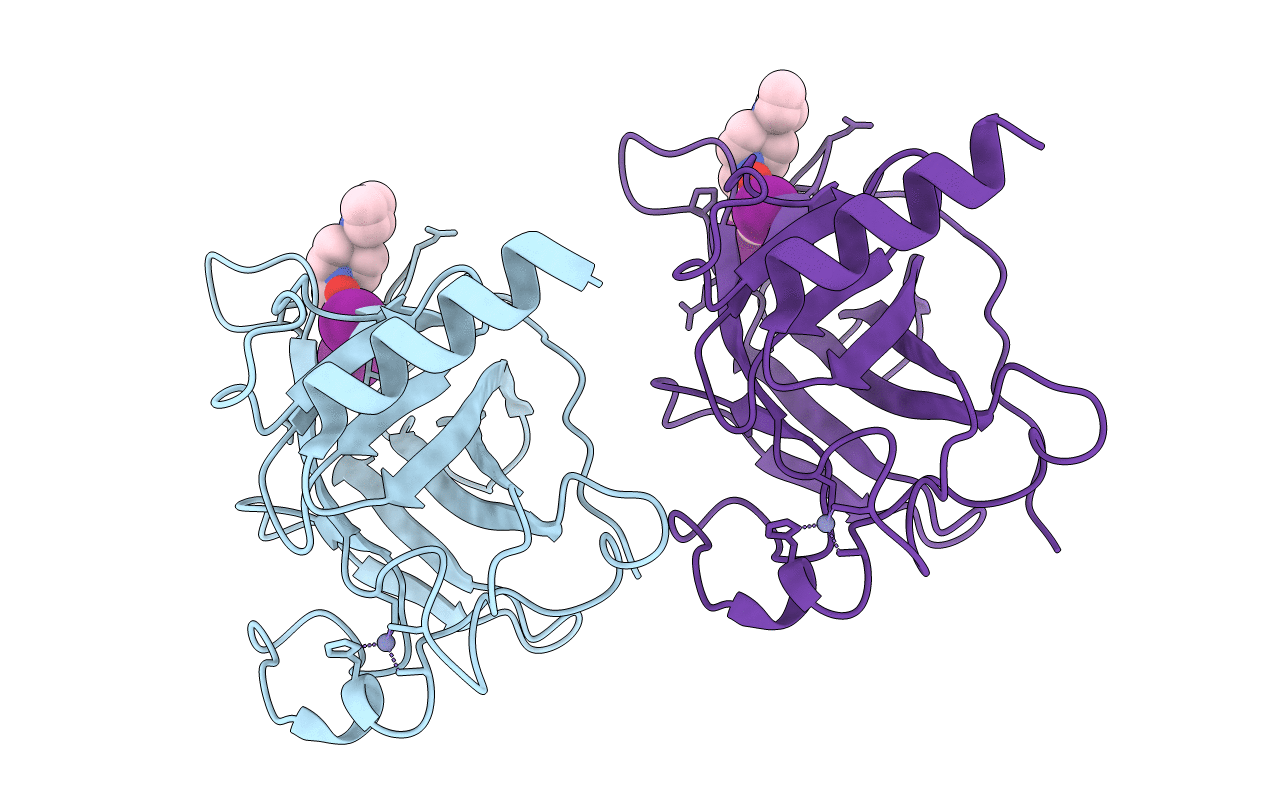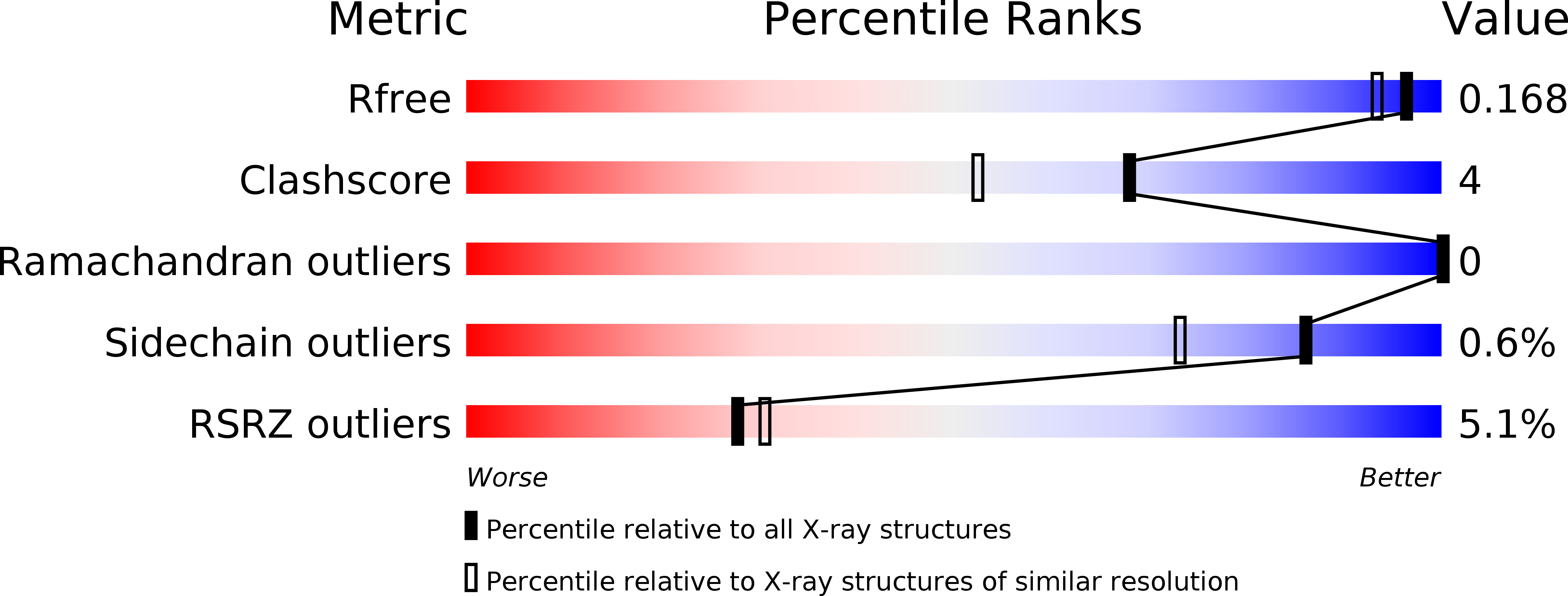
Deposition Date
2012-01-30
Release Date
2012-03-21
Last Version Date
2023-12-20
Entry Detail
PDB ID:
4AGM
Keywords:
Title:
Structure of the p53 core domain mutant Y220C bound to the stabilizing small molecule PhiKan5086
Biological Source:
Source Organism:
HOMO SAPIENS (Taxon ID: 9606)
Host Organism:
Method Details:
Experimental Method:
Resolution:
1.52 Å
R-Value Free:
0.19
R-Value Work:
0.17
R-Value Observed:
0.17
Space Group:
P 21 21 21


